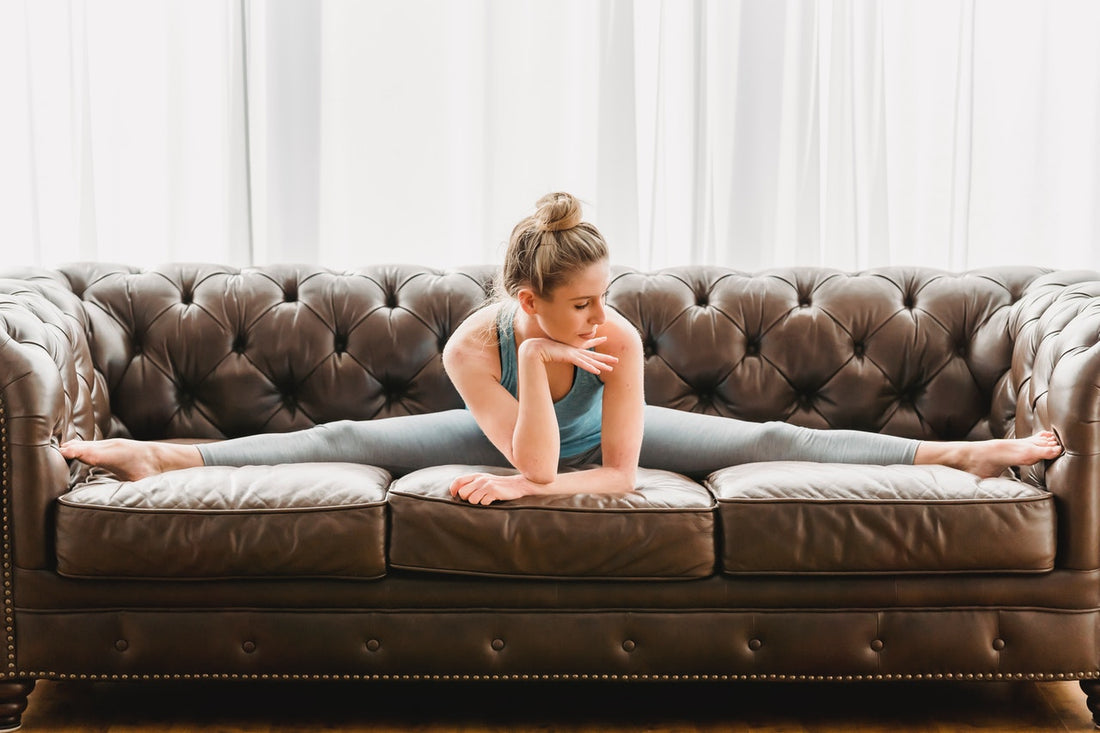How to Make a New Habit that Sticks
Ahh January. The time of year we collectively look at our “bad habits” and resolve to upend them into “good habits”.
We’ll work out more. Eat better. Drink less wine. Go to bed early to get up early. Meditate. Read more. Worry less. Get dressed every day. Spend wisely. Drink more water. Travel more. Take more baths. Be in the moment more. Stop X and start Y.
The easy part is starting. The trickier part is sticking with it.
The second Friday in January has come to be known as Quitter’s Day. This year that infamous day is Friday, January 14, 2022. How are you celebrating?
Maybe this year you don’t.
Maybe on Thursday, January 13 you celebrate “I’m not giving up on me” day. Did I invent this day? Yes. Is there a hashtag, schwag or a following for it yet? No.
But if you are really committed to starting – and more importantly – sticking with a new habit, you need to make sure that it is attainable.
Here’s how to stick to your new habit in the New Year.
Define How You Want to Feel as a Result of Your New Habit
Drilling down and getting specific on how you desire to feel is the best way to choose what habit you want to start or change.
Let’s use the “work out more” habit as an example.
Why do you want to workout more? Is it because you want to feel stronger? Feel better in your jeans? Because you are training for something bigger?
Without a tailored reason of how you want to feel about “working out more” you will lose sight of the goal and barely make it through the hard stuff like sore muscles and the lure of a cookie over a run.
- “I want to workout more because I want to be able to lift heavier things without asking for help.”
- “I want to workout more because I want to help my anxiety.”
- “I want to workout more because I’d like to join my kids in an upcoming family 5k.”
This also holds weight for any other goal. It’s easy to say you want to go to bed earlier. But what is the reason? So that you can wake up earlier? So that you can read in bed before going to sleep? So that you feel better?
When you have an end goal in mind about what you desire to feel, then you will be able to stick with your new habit because you will have something to measure it against.
Tack the New Habit onto an Existing One
Take inventory of your life. There are many things that you are already good at and consistent with. Use those things as a way to welcome a new habit by tacking it on to something you already do.
- Do you want to read more? If you are really good about being on time to appointments or to pick up your kid from practice, then bring a book and read during the time you are waiting or in the car.
- Are you awesome about applying skincare and letting it soak in before bed? Then during that time head into your closet and plan your outfit for the next day. (You can use The Hanger Valet to organize all your accessories and underthings so that getting ready in the morning doesn’t have to take brain power or extra time.)
- Do you want to meditate more? Pop on a 5 minute meditation from an app after you worked out and stretched and let your mind cool down along with your brain. (I’ve started doing this and it has been a huge improvement in how often I settle my brain for short but achievable periods of time.)
Create a Craving by Staying Hungry
When you are hungry, you come back for more. Or when the feeling of whatever you did is so good, you will be anxious to feel that again.
With this in mind, take your goal and chunk it up into small and attainable goals. Start small – almost ridiculously small – and then add from there. Don’t push yourself so hard in the first two weeks of creating a new habit that you wear yourself out or injure yourself where you abandon the project altogether.
For instance:
- If your goal is to run a 5k, then map out training on paper. For beginners that means lacing up your shoes and walking a quarter of a mile on day 1 and stopping there even if you want to go further. Doing this makes you come back the next day for more because you feel accomplished for completing the first day (and you aren’t sore from overdoing it so your body is better able to cooperate).
- If you want to have more time in the morning, then pick your outfit out the night before for the day ahead. Picking outfits for the entire week might be too overwhelming to start. The mental white space from having 15 extra minutes in the morning will encourage you to pick out the next day’s outfit.
- If you want to read 10 books this year, then pick a book that has less than 150 pages. The sense of entering that book as “read” in Goodreads will feel great!
- If you want to drink more water each day, then drink one extra half glass than you normally do for the first week and then bump it up from there. The sense of accomplishment from that extra 4 ozs will drive you to keep at it.
Pick One Habit at a Time
This one is hard for overachievers, Type A’s or people that are really motivated to make big changes.
But the reality is you only have a few hours in your day to sustainably commit to a new habit. There is not enough time in the day to workout every day AND read every day AND cook healthy meals every day AND go to bed early every night.
Be realistic and pick the thing you not only want the most but have the time to commit to.
With a sense of accomplishment from staying focused on one goal and seeing results, you will crave more positive change when the time comes to commit to something else.
Keep It To Yourself
In a world of social media and general oversharing, the concept of declaring your intention to the world has become something normal and expected. But when it comes to changing or introducing new habits, there is absolutely no reason to put yourself on a pedestal or in the spotlight. In reality, it can do more harm than good.
Stay accountable to you, not a bunch of people that aren’t even paying attention. Instead, try:
- Declaring your new habit in your journal, on a post it note or by writing it on a mirror.
- Printing, writing or downloading a calendar in which you can check off your habit. (I love this habit tracker from Free Period Press because it is flexible and gorgeous).
Pay Yourself
You are working hard and staying consistent to changing your habit. You deserve to give yourself a pat on the back. And that pat on the back can come in the form of all kinds of rewards from purchases to setting time aside for something you love to do but don’t indulge in.
For instance,
- After hiking 50 collective miles, treat yourself to a new workout outfit.
- After a few weeks of drinking more water, book the facial you’ve been craving.
- After cooking and eating healthier, buy yourself a new kind of spice or a new kitchen gadget that would make cooking more fun and easier on you.
- After a few weeks of picking out your outfit, add The Hanger Valet to your process to make it easy to keep an outfit organized.
Start Where You Are
Do you feel instantly different the moment the ball drops in NY and after you toasted with friends? No? Me either.
January 1 is just a date on the calendar. But in reality in means nothing. It’s not like you can’t evolve into a healthier, happier you if you start on a day
You can start your new habit on any day of the week at any time of the day.
That can be on a Tuesday at 3 pm. You can start your new habit on a Sunday at 9 pm. You can even start your habit on June 8 at 11:13 am.
The point is to start where you are with the resources you can. Sometimes taking the pressure off being someone new is the best way to commit to being the person you want to be.
If you want to dive further into the why behind habits and how to break or make them, I highly recommend reading The Desire Map, The Power of Habits and Atomic Habits.
Note: The links suggested are products and books I love and recommend. Besides for the links for The Hanger Valet, I will NOT earn a commission if you choose to click or purchase.


